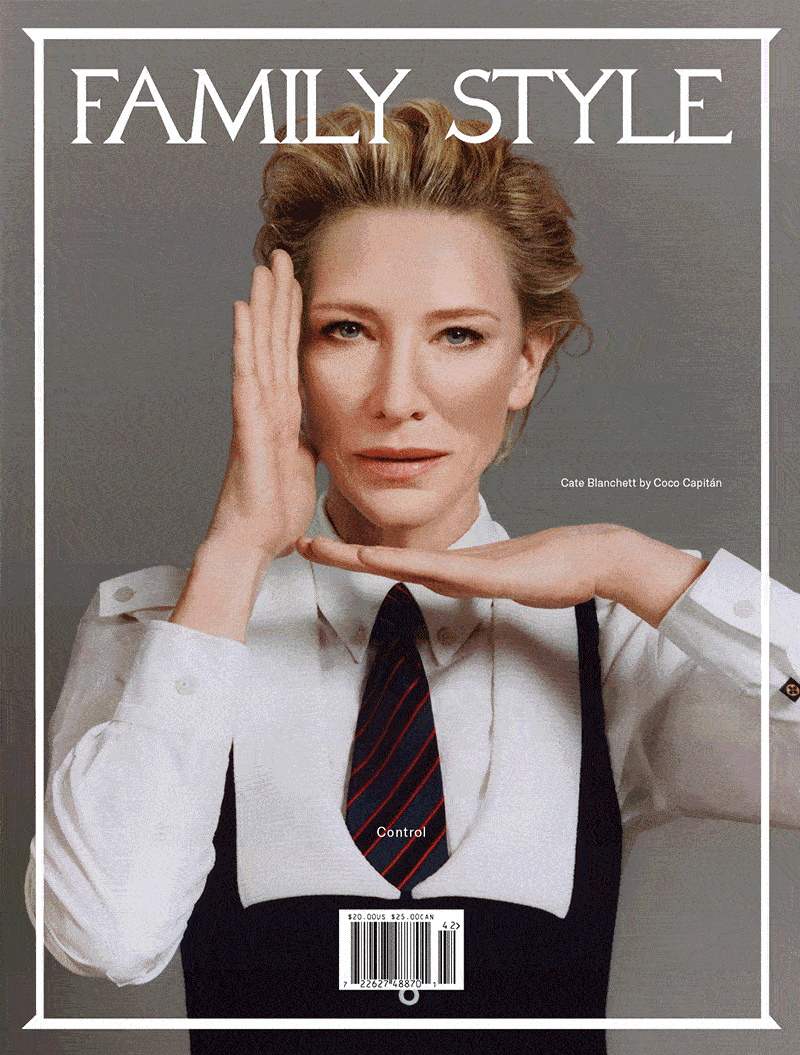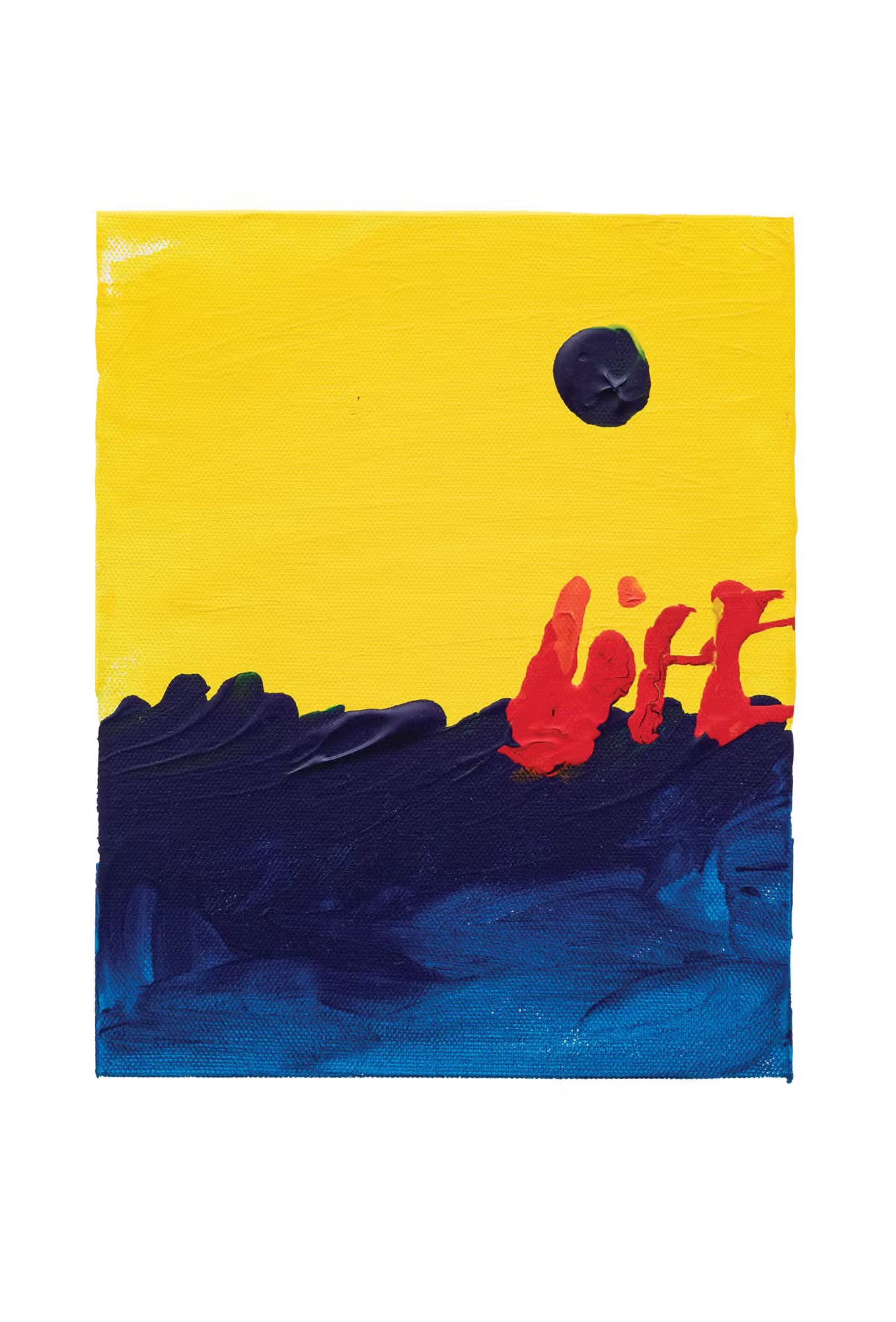
Sue Tompkins, Red Yellow and Blue, 2024. Photography by Patrick Jameson. Image courtesy of the artist and the Modern Institute / Toby Webster Ltd., Glasgow.
Sue Tompkins
Sue Tompkins locates comfort in the illegible. The Glasgow-based, England-born artist’s paintings of loud texts capture feelings and thoughts moving at the speed of light. A landscape is poetry as much as a verse is a mountain. Tompkins channels her skills as a rock musician in her acrylic and metallic paintings. Whimsical contemplations on modern life sync the far-reaching potential of abstraction with the suggestive force of writing. Like a bouncing volume on a speaker, the paintings oscillate between emotive colors and exploding forms. Right before our eyes, they reach their crescendo.
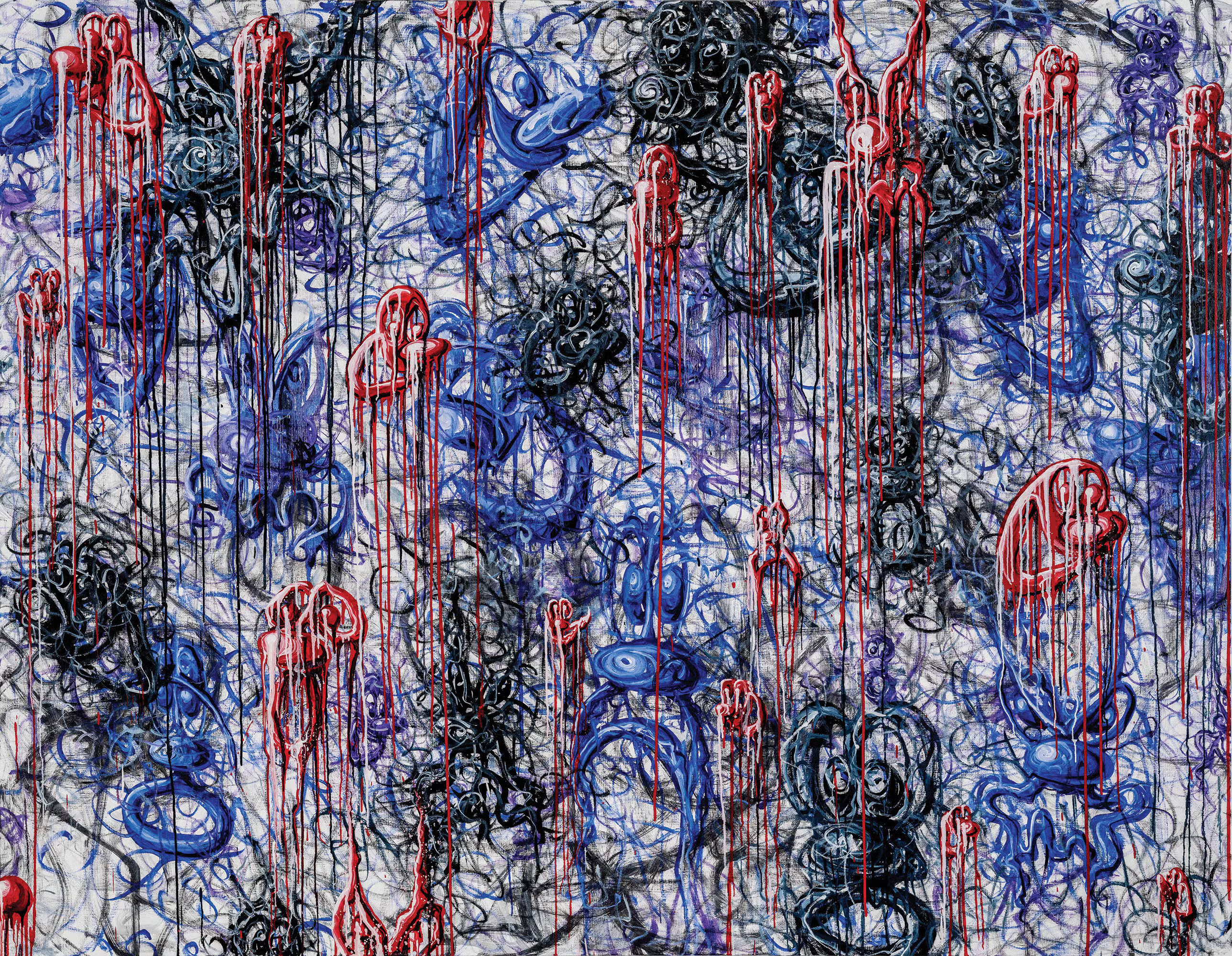
Kenny Scharf, AN EVEN BIGGER MESS, 2024. Image courtesy of the artist and TOTAH.
Kenny Scharf
Few artists have managed to hone such a distinctive visual lexicon as Kenny Scharf. Bizarrely optimistic and undeniably disarming, his signature bouncy, beaming blobs are odes to joyful survival and wary readiness for what is to come. A fixture of the East Village circa the 1980s, the painter is also a living homage to a time long before downtown New York’s invasion by corporate storefronts and exorbitant athleisure. Today, Scharf has managed to transcend the city’s legendarily cool past—and his role in it—and continues to produce work in Los Angeles, where he’s now translating his psychedelic universe for the next generation. From his early days of partying with Andy Warhol to his 2021 collaboration with Dior, the artist is the embodiment of a lifestyle in which an obsessive dedication to creative ideals prevails above all.
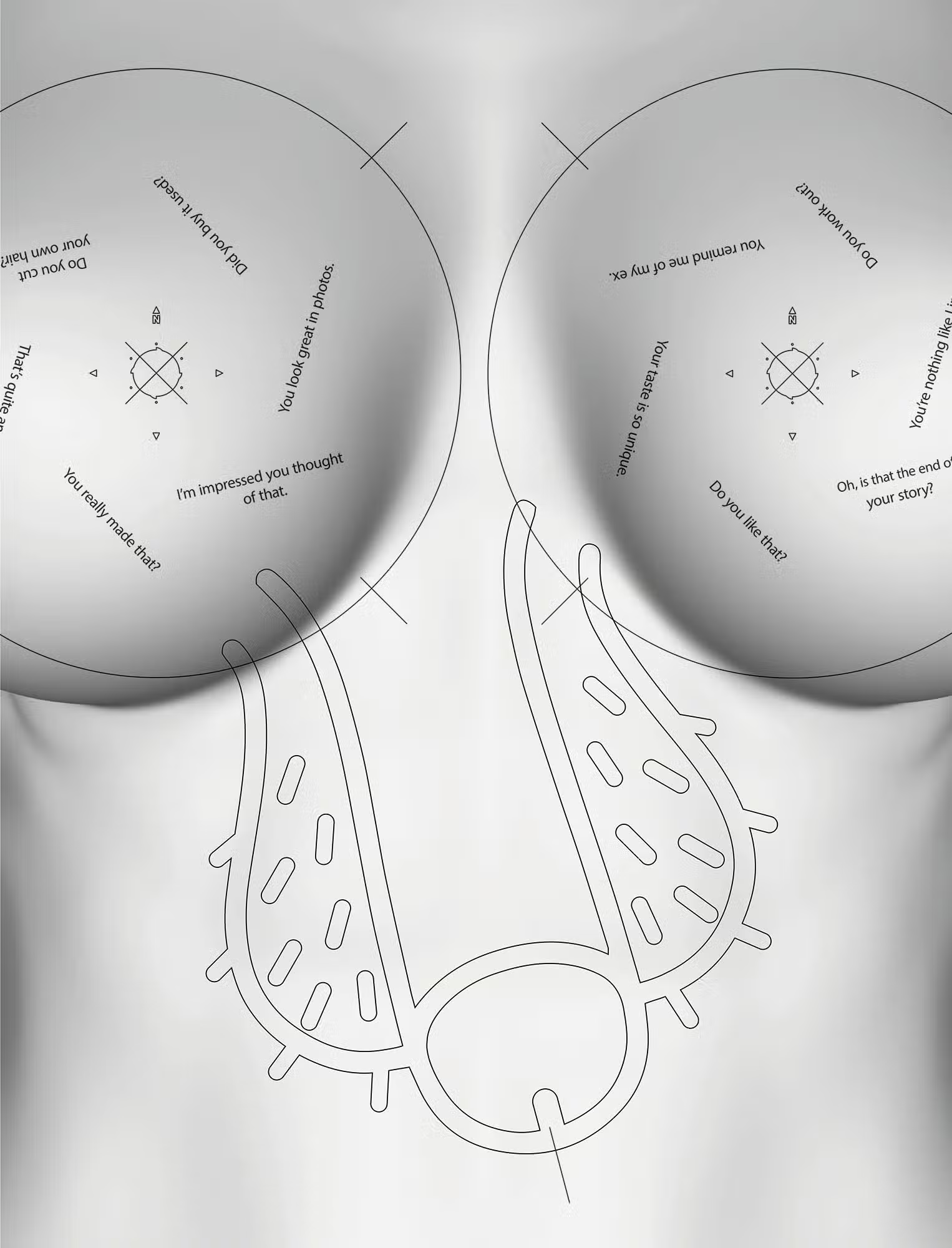
Kathryn Andrews, You Look Great in Photos, 2024. Image courtesy of the artist.
Kathryn Andrews
Dualities are not repetitions. Kathryn Andrews’ visual lexicon includes familiar consumerist signifiers, rendered in foreign and even triggering configurations. Often made in sleek materials such as chrome, the Los Angeles-based artist reconstructs venerated and gloriously failed icons of everyday routines in America. She occasionally assumes duality as a strategy for playfulness and disruption of expectations. In fact, Andrews relishes a challenge to the presumptions of beauty and desirability, which are mass-produced and spoon-fed to us. Value and memory are at odds in the Alabama native’s captivating readymades.
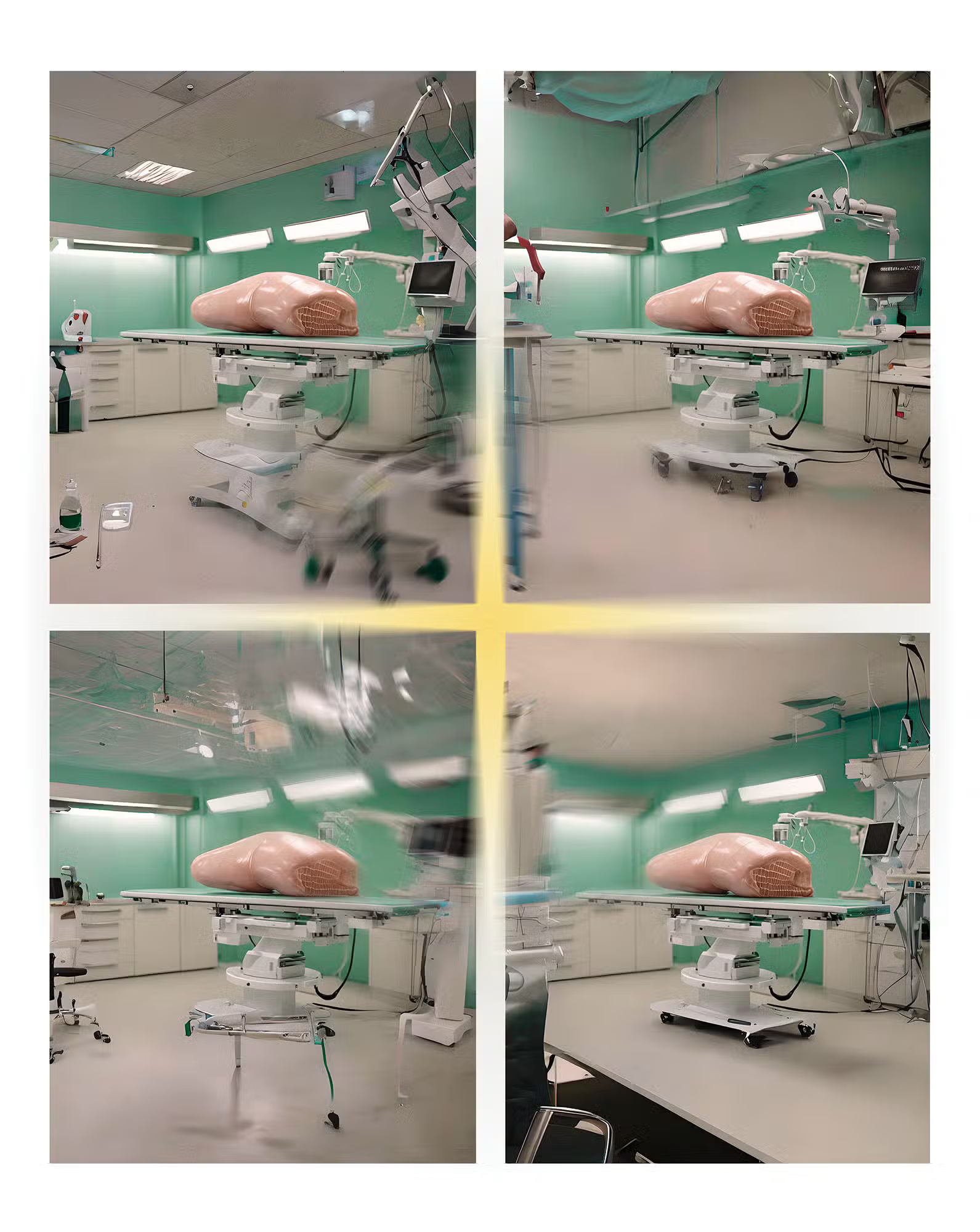
Shahryar Nashat, Untitled, 2024. Image courtesy of the artist.
Shahryar Nashat
The body is both physical and spectral in Shahryar Nashat’s multitextural universe. When absent, the human form fuels a yearning, a wet and soft urgency for what could have been. Other times, the artist renders corporality unmissable, as immediate as a bag of urine or a painting of a boyfriend’s rib cage. Throughout, the enigma of eroticism is unconditional in the Los Angeles-based, Swiss-born artist’s precise take on the body. Undulating between the unseen as well as the obvious, Nashat creates sculptures, films, prints, and architectural interventions that are infatuated by what they hide from the viewer.
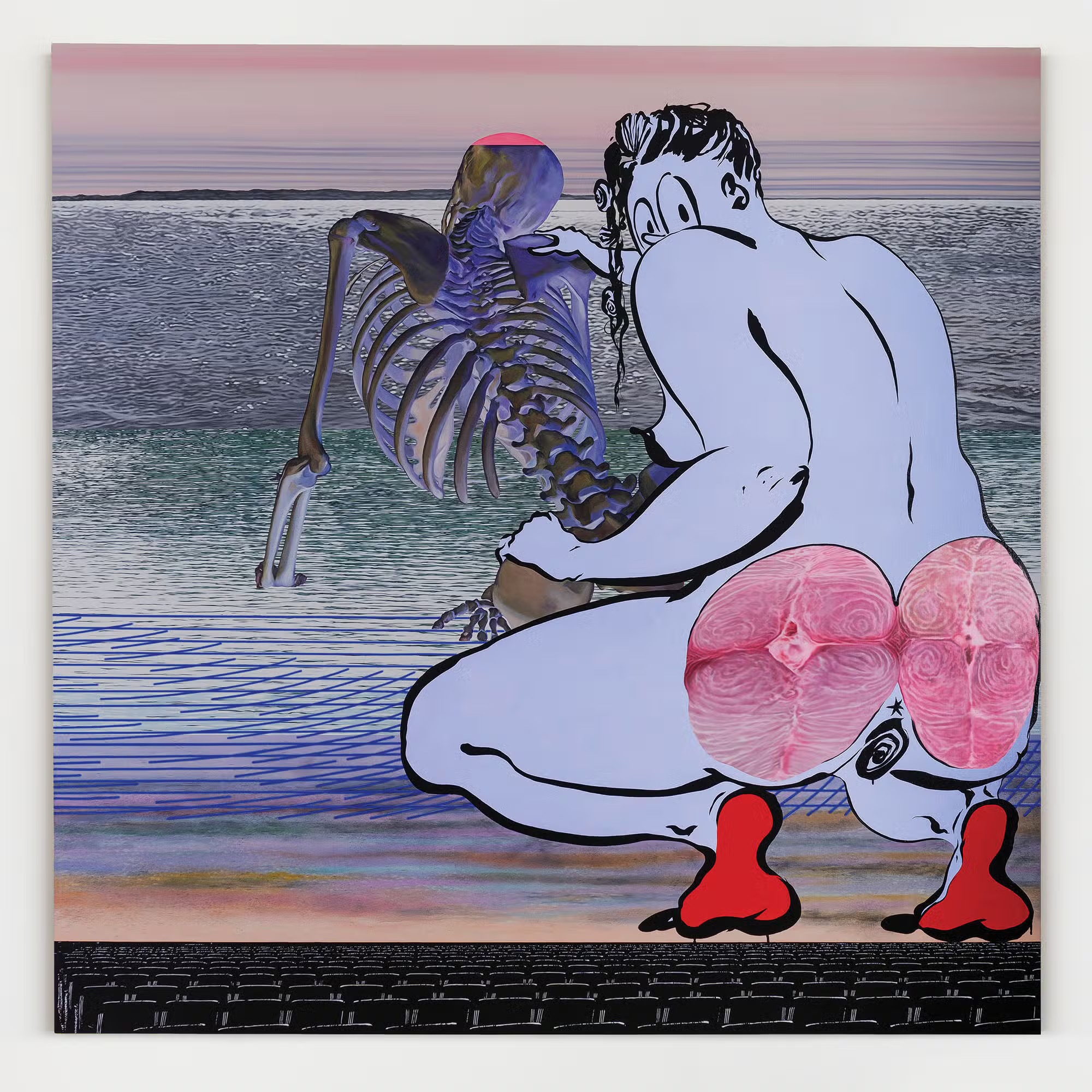
Ebecho Muslimova, Fatebe Sliced Sunset, 2024. Image courtesy of the artist and Magenta Plains.
Ebecho Muslimova
In a time of constant trial and error, Ebecho Muslimova doesn’t play it safe. The artist is devoted to illustrating Fatebe, her alternate self, muse, daughter, friend—and, perhaps, somewhat of a foe. Muslimova has been transforming the voluptuous, quirky woman figure since her student years at Cooper Union, and together they have come a long way. From the Drawing Center to Kunstmuseum Basel, Fatebe has graced many exhibition walls with her unapologetic, occasionally vulgar divinity. Vulva out, she is stripped not only of clothes but of social fears. Anxiety out the window, she couldn’t care less about coming off as awkward or brazen. Revoltingly cartoonish yet mysteriously addictive, the matriarch of her own clan regularly finds herself in mind-bending, often self-destructive scenarios—only to come out on top.
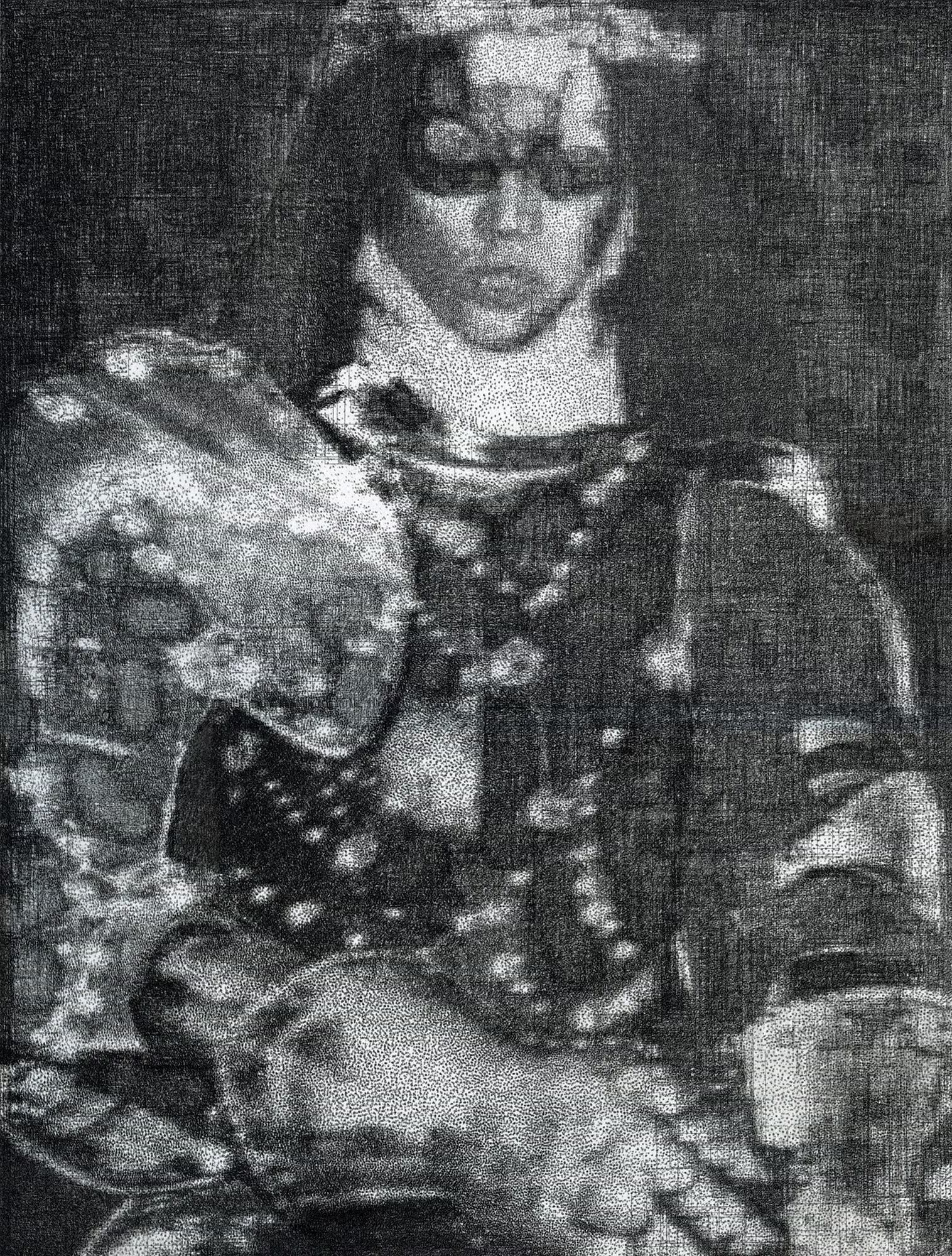
Parker Ito, Sticky Toffee Pudding Gesamtkunstwerk, 2024. Image courtesy of the artist.
Parker Ito
How much of your time can a painting ask for? Parker Ito never requested much—maybe an instant or forever? Demand and attention are frenemies in the Californian’s ardently spiraling paintings of Internet-era mayhem. Occasionally explosive and other times bizarrely calm, the former skateboarder’s visuals border desire while scooting away from decision. As if clicking through images on his browser, Ito fuses the textures of cyber urges with analog equivalents. Having come of age on the cusp of digital mania, the artist captures unpredictability and aloofness with a decisive levity.
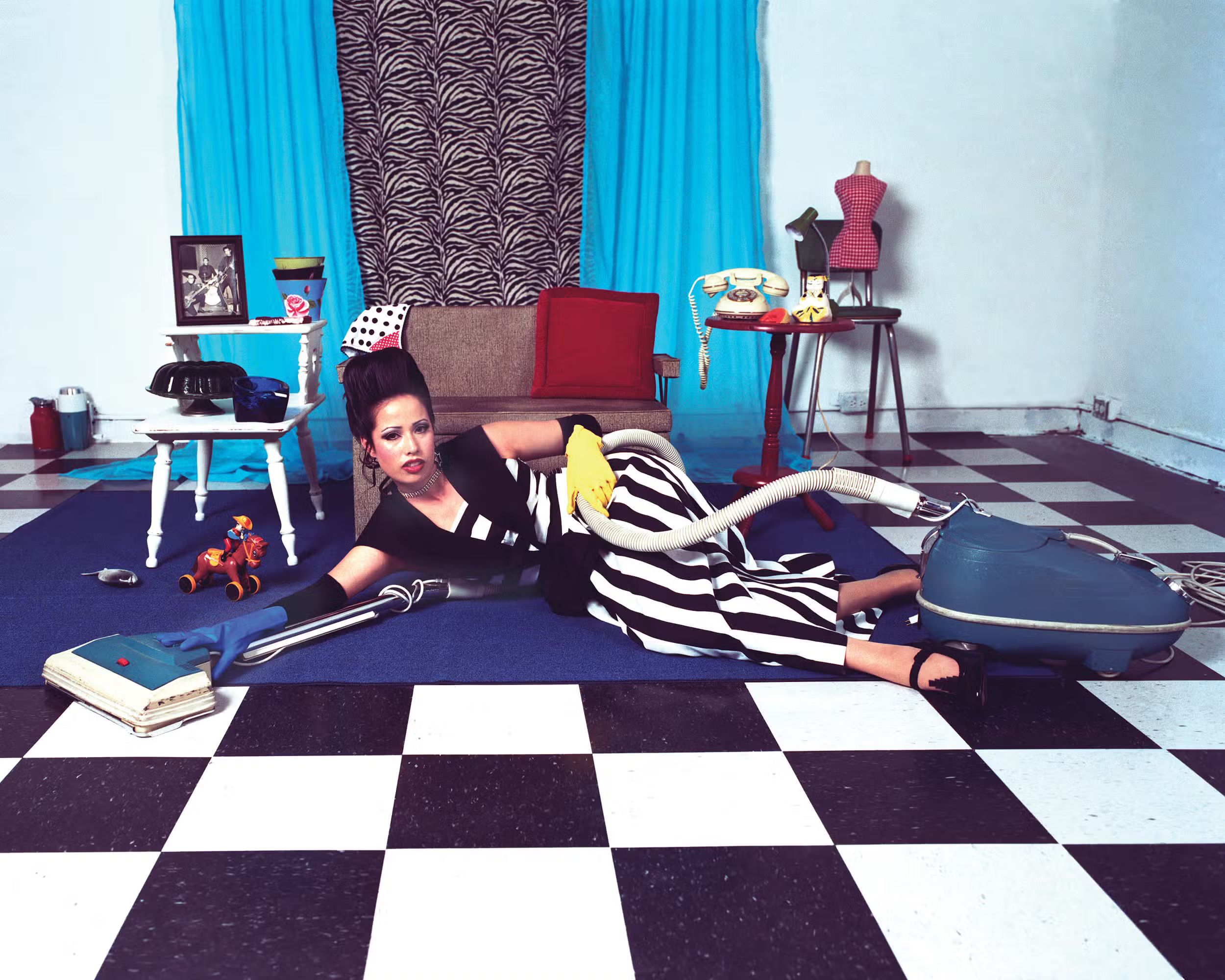
Wendy Red Star, Grad School 2005, 2005. Image courtesy of the artist.
Wendy Red Star
Beauty moonlights as benign allure in Wendy Red Star’s lush photographs and multimedia depictions of everyday Americanness, wherein detailed constructions challenge collective assumptions about Native communities. Red Star, who is from the Apsáalooke people, utilizes her lens to offer new possibilities for objectified emblems of First Nations. Editorially indulgent and precisely plotted, her images conjure colors and textures associated with Indigenous art and craft traditions as well as popular culture. In capturing her gaze, Red Star doesn’t shy away from viewers. Rather, the artist-as-storyteller faces them head-on with a wry sense of humor and a redemptive vision of the future.












